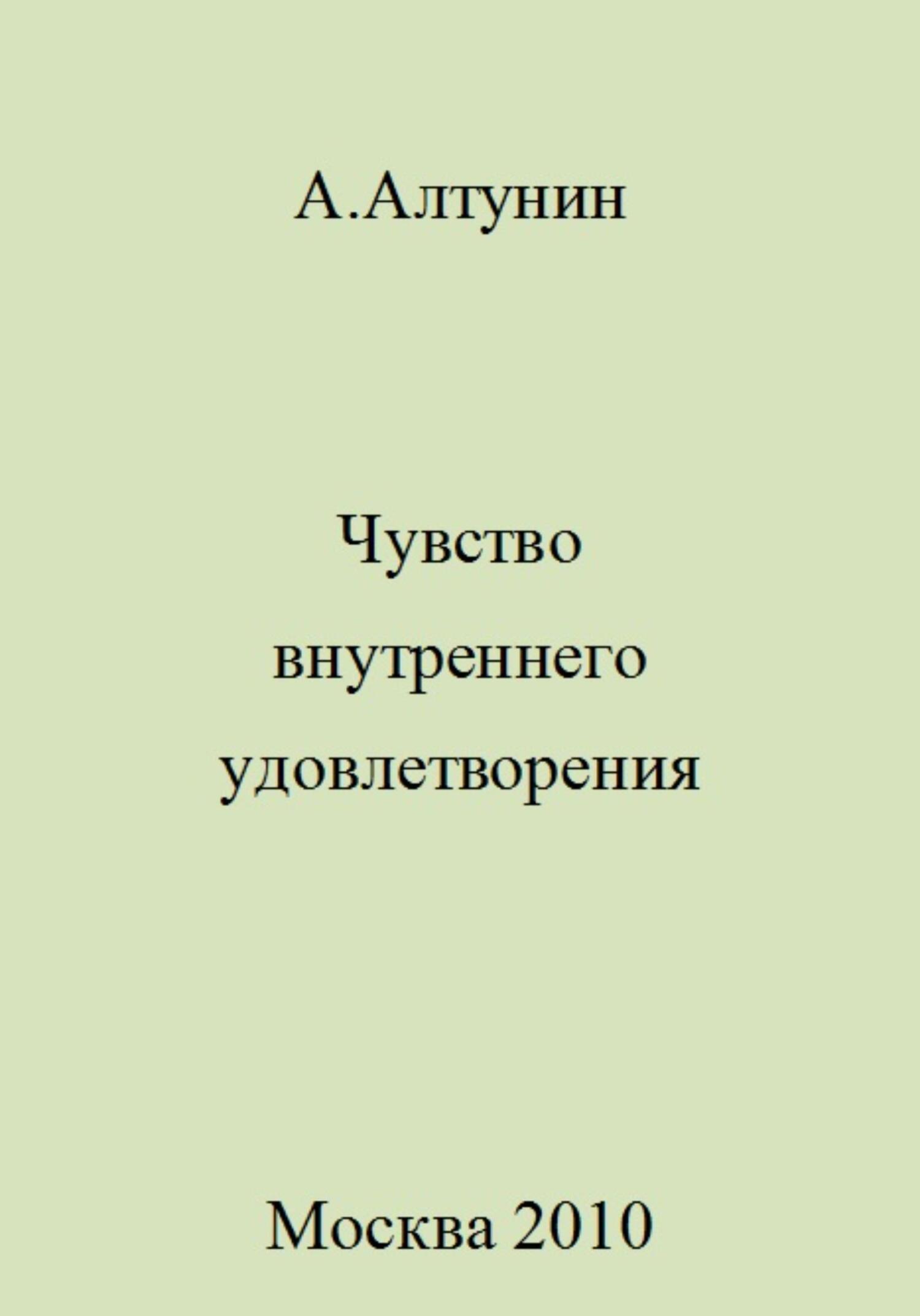Ознакомительная версия. Доступно 20 страниц из 98
et al. 2009. The foot of Homo floresiensis // Nature. V. 459. P. 81–84.
Kaiser S. M., Malik H. S., Emerman M. 2007. Restriction of an Extinct Retrovirus by the Human Trimp. Antiviral Protein // Science. V. 316. P. 1756–1758.
Kjeldbjerg A. L., Villesen P., Aagaard L., Pedersen F. S. 2008. Gene conversion and purifying selection of a placenta-specific ERV–V envelope gene during simian evolution // BMC Evolutionary Biology. V. 8. P. 266.
Konopka G., Bomar J. M., Winden K., et al. 2009. Human-specific transcriptional regulation of CNS development genes by FOXP2 // Nature. V. 462. I! 213–217.
Krause J., OrLAndo L., Serre D., et al. 2007. Neanderthals in central Asia and Siberia // Nature. V. 449. P. 902–904.
KrAuse J., Fu Q., Good J. M., et al. 2010. The complete mitochondrial DNA genome of an unknown hominin from southern Siberia // Nature. V. 464. P. 894–897.
Kruger D. J. 2008. Male Financial Consumption is Associated with Higher Mating Intentions and Mating Success // Evolutionary Psychology. V. 6. P. 603–612.
Lalueza-Fox C., ROmPLer C., CArAmeLLi D., et al. 2007. A melano-cortin 1 receptor allele suggests varying pigmentation among Neanderthals // Science. V. 318. P. 1453–1455.
Lalueza-Fox C., Rosas A., EstALrrich A., et al. 2011. Genetic evidence for patrilocal mating behavior among Neandertal groups // Proc. Nat. Acad. Sci. USA. V. 108. P. 250–253.
Lee-Thorp J., Thackeray J. F., van der Merwe N. 2000. The hunters and the hunted revisited // Journal of Human Evolution. V. 39 (6). P. 565–576.
Leigh S. R. 2006. Brain ontogeny and life history in Homo erectus // Journal of Human Evolution. V. 50. P. 104–108.
Lents N. H., Cifuentes O. E., Carpi A. 2010. Teaching the Process of Molecular Phylogeny and Systematics: A Multi-Part Inquiry-Based Exercise // CBE Life Sci Educ. V. 9. P. 513–523.
Lewis M. E. 1997. Carnivoran paleoguilds of Africa: implications for hominid food procurement strategies // Journal of Human Evolution. V32. P. 257–288.
Lieberman D. E. 2009. Homo floresiensis from head to toe // Nature. V. 459. E 41–44.
Lockwood C. A., Menter C. G., Moggi-Cecchi J., Keyser A. W 2007. Extended Male Growth in a Fossil Hominin Species // Science. V. 318. E 1443–1446.
Lordkipanidze D., Jashashvili T., Vekua A., et al. 2007. Postcranial evidence from early Homo from Dmanisi, Georgia // Nature. V. 449. E. 305–310. Lovejoy C. O. 1981. The Origin of Man // Science. V. 211. E 341–350.
Lovejoy C. O. 2009. Reexamining Human Origins in Light of Ardipithecus ramidus // Science. V. 326. E. 74.
Martin R. D., MacLarnon A. M., Phillips J. L., et al. 2006. Comment on «The Brain of LB1, Homo floresiensis» // Science. V. 312. E 999.
McPherron S. P., Alemseged Z., Marean C. W, et al. 2010. Evidence for stone-tool-assisted consumption of animal tissues before 3.39 million years ago at Dikika, Ethiopia // Nature. V. 466. E 857–860.
Mellars P. 2006. A new radiocarbon revolution and the dispersal of modern humans in Eurasia // Nature. V. 439. E 931–935.
Miller G. 2000. The Mating Mind: How Sexual Choice Shaped the Evolution of Human Nature. http://evolbiol.ru/large_files/miller_the_mating_mind.pdf
Miller G. H., Fogel M. L., Magee J. W., et al. 2005. Ecosystem Collapse in Pleistocene Australia and a Human Role in Megafaunal Extinction // Science. V. 309. E 287–290.
Moore M. W, Sutikna T., Jatmiko, et al. 2009. Continuities in stone flaking technology at Liang Bua, Flores, Indonesia) // Journal of Human Evolution. V. 57. E 503–526.
Nation I. S. P. 2006. How large a vocabulary is neededfor reading and listening // Canadian Modern Language Review. V. 63. E 59–82.
Nettle D. 2010. Understanding of Evolution May Be Improved by Thinking about People // Evolutionary Esychology. 2010. V. 8. E 205–228.
Noonan J. P., Coop G., Kudaravalli S., et al. 2006. Sequencing and Analysis of Neanderthal Genomic DNA // Science. V. 314. E. 1113–1118.
OLivieri A., Achilli A., Pala M., et al. 2006. The mtDNA Legacy of the Levantine Early Upper Palaeolithic in Africa // Science. V. 314. E. 1767–1770.
Parfitt S. A., Barendregt R. W, Breda M., et al. 2005. The earliest record of human activity in northern Europe // Nature. V. 438. E. 1008–1012.
Petraglia M., Korisettar R., Boivin N., et al. 2007. Middle Paleolithic Assemblages from the Indian Subcontinent Before and After the Toba Super-Eruption // Science. V. 317. E 114–116.
Ponce de Leon M. S., Golovanova L., Doronichev V, et al. 2008. Neanderthal brain size at birth provides insights into the evolution of human life history // Proc. Nat. Acad. Sci. USA. V. 105 (37). P. 13764–13768.
Powell A., Shennan S., Thomas M. 2009. Late Pleistocene Demography and the Appearence of Modern Human Behavior // Science. V. 324. P. 1298–1301.
Prato-Previde E., Fallani G., Valsecchi P. 2006. Gender Differences in Owners Interacting with Pet Dogs: An Observational Study // Ethology. V. 112. P. 64–73.
Prideaux G. J., Long J. A., AyLiffe L. K., et al. 2007. An arid-adapted middle Pleistocene vertebrate fauna from south-central Australia // Nature. V. 445. P. 422–425.
Ramirez R. F. V, d’Errico F., Vanhaeren M., et al. 2009. Cutmarked human remains bearing Neandertal features and modern human remains associated with the Aurignacian at Les Rois // Journal of Anthropological Sciences. V. 87. p 153–185.
Reich D., Green R. E., Kircher M., et al. 2010. Genetic history of an archaic hominin group from Denisova Cave in Siberia // Nature. V. 468. P. 1053–1060.
Raichlen D. A., Gordon A. D., Harcourt-Smith W E., et al. 2010. Laetoli Footprints Preserve Earliest Direct Evidence of Human-Like Bipedal Biomechanics // PLoS One. V. 5 (3). P. e9769.
Robinson B. W, Wilson D. S. 1998. Optimal foraging, specialization, and a solution to Liem'sparadox // American Naturalist. V. 151. P. 223–235.
Rogaev E. I., Grigorenko A. P., Moliaka Y. K., et al. 2009. Genomic identification in the historical case of the Nicholas II royal family // Proc. Natl. Acad. Sci. USA. V. 106. P. 5258–5263 (популярное изложение: Генетический анализ показал, что из детей Николая II не спасся никто, http://elementy.ru/news/431018)
Rosenberg J., Tunney R. J. 2008. Human vocabulary use as display // Evolutionary Psychology. V. 6. P. 538–549.
Rosso L., Marques A. C., Weier M., et al. 2008. Birth and Rapid Subcellular Adaptation of a Hominoid-Specific CDC14 Protein // PLoS Biology. V. 6. P. e 140.
Schick K. D., Toth N., Garufl G., et al. 1999. Continuing Investigations into the Stone Tool-making and Tool-using Capabilities of a Bonobo (Pan paniscus) // Journal of Archaeological Science. V. 26 (7). P.
Ознакомительная версия. Доступно 20 страниц из 98
























